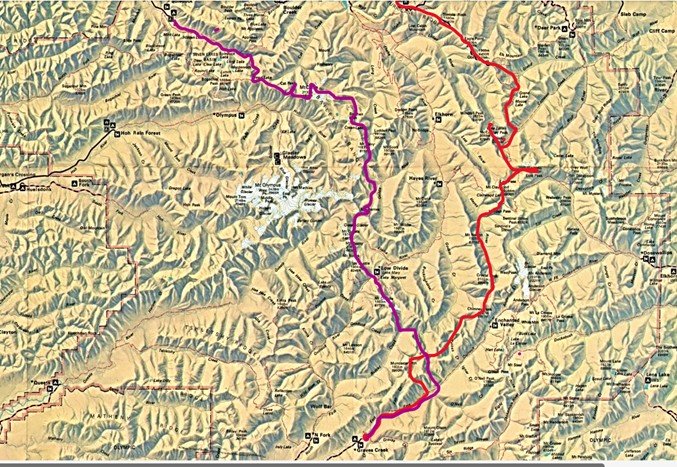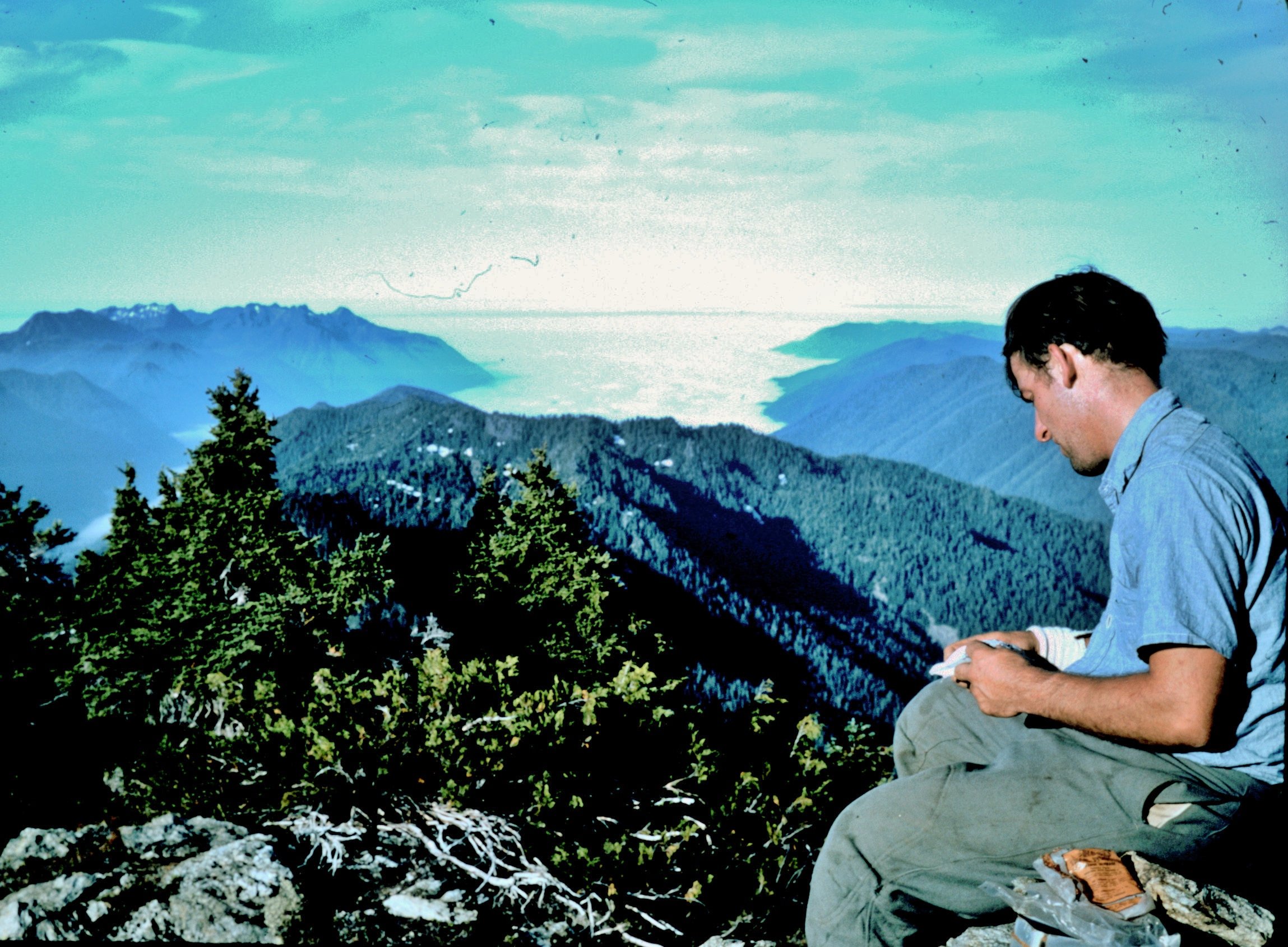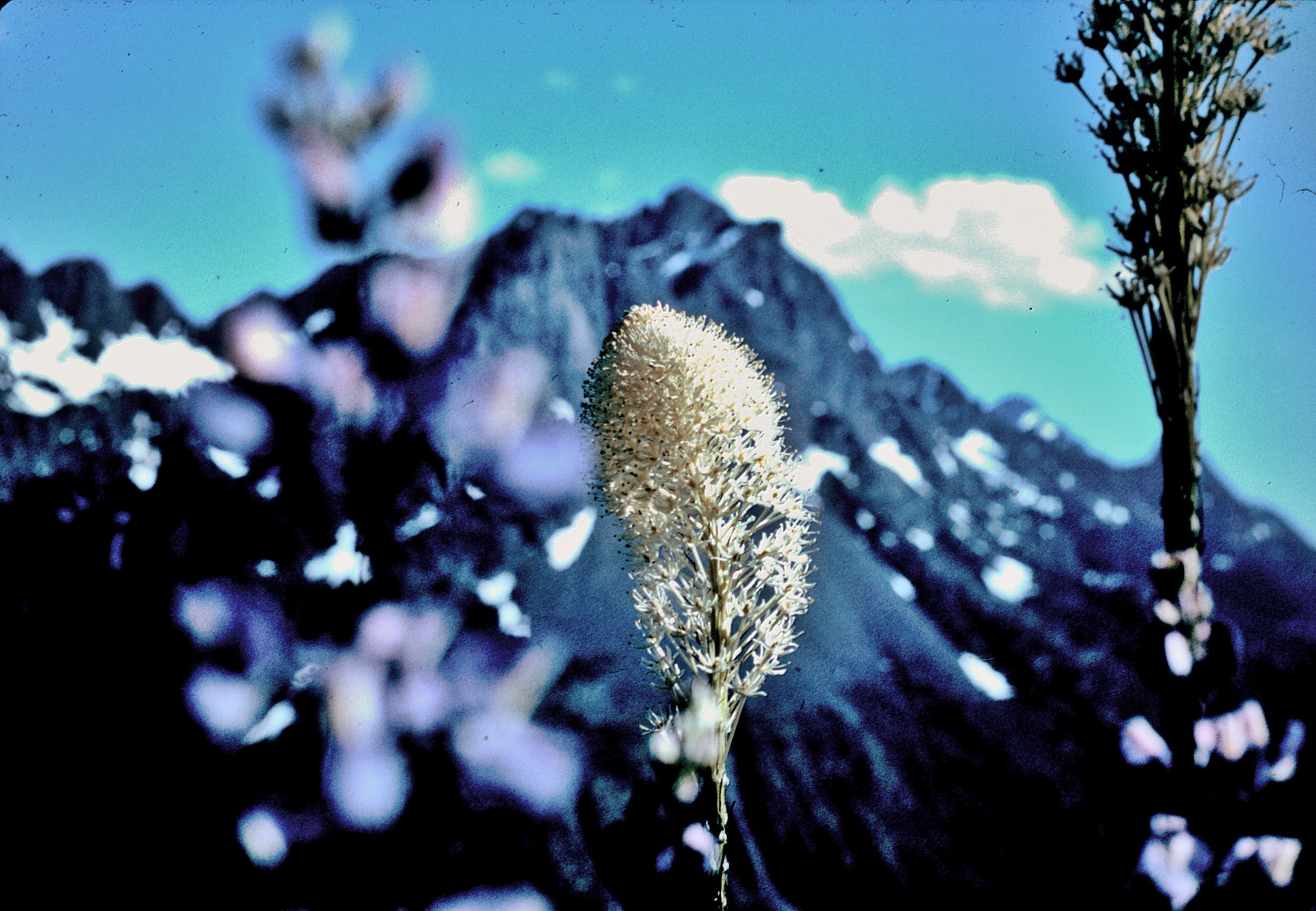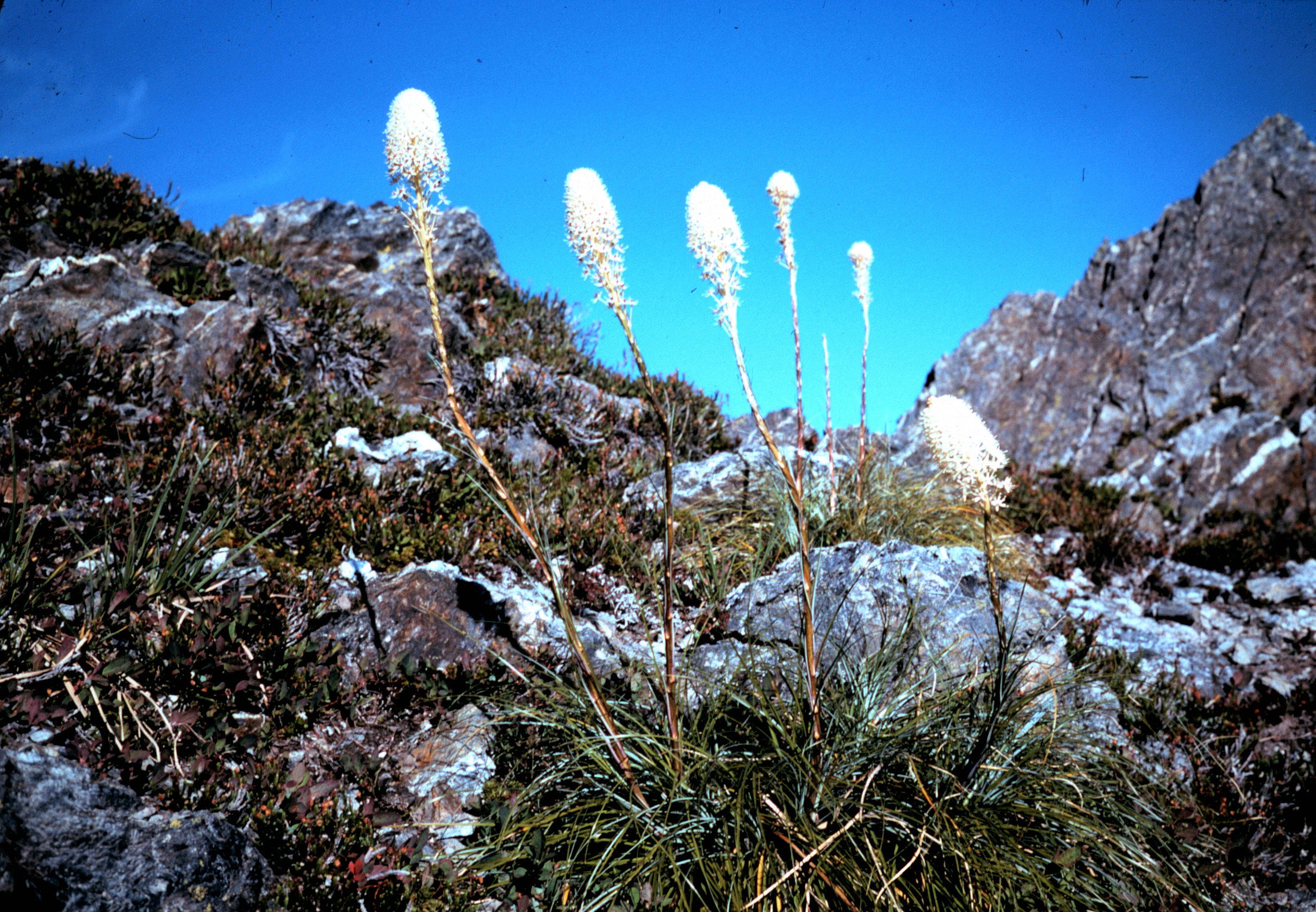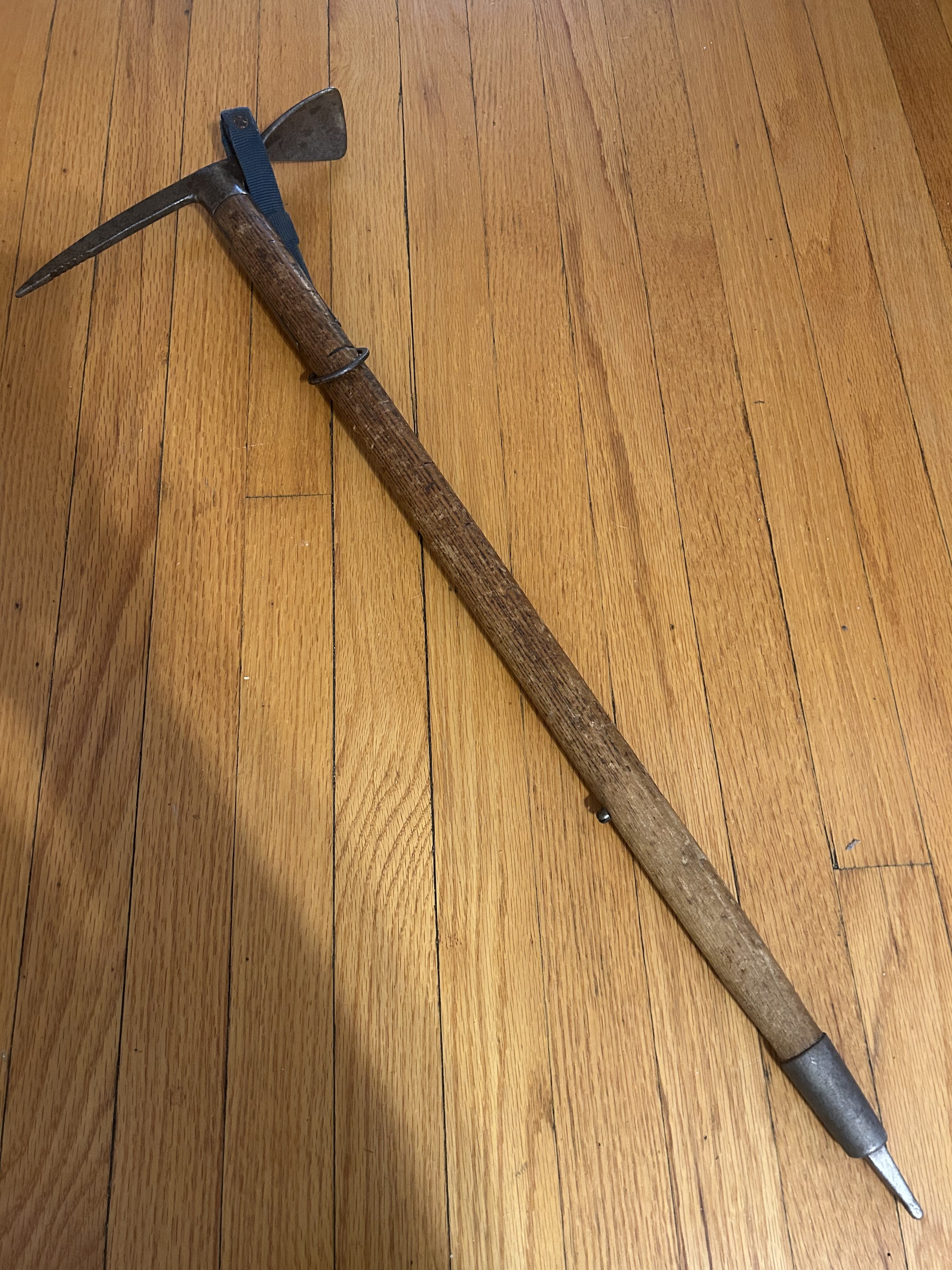Leaderboard
Popular Content
Showing content with the highest reputation since 11/20/25 in Posts
-
We are not dead! That was extremely trying. The server totally crashed in a terrible way right in the middle of a super intense week at work for me and I was taxed mentally to the max figuring this out. Luckily I have a couple really good friends, ex-coworkers...but they are friends to give me moral support and confidence to do everything I did which was rebuild everything on modern software. So the site is in a MUCH better place than it was pre-crash. I still have a bunch of maintainance to do, but the site is back up and going. Thank you for sticking around. We WILL keep this place alive dammit.12 points
-
The map below shows two of my favorite week-long routes traversing the Olympics. The one shown in purple was the nicest. The routes are not shown entirely accurately, as you would need topo maps to find accurate routes. But you can get a general idea. I DO remember the last section of the purple route presented some route-finding challenges (getting to the ridge above the Quinault River Valley). We hiked the purple route north to south, and the red route south to north. We generally took these trips in the 2nd week in September, which worked out well for weather. I don't know if that's still the best time, now that climate change has kicked in. But it worked out well because schools were back in session and people were done vacationing. We never saw other humans once we got off the trails. I'll send some pictures from these trips in another post.3 points
-
2 points
-
I’m exploring ways to keep it going and making it more resilient. But what I did was a huge step. We are now on the latest OS, and dumped a bunch of old stuff that wasn’t used for the site, all the underlying components got upgraded. we just need to keep it simple. I will keep it going.1 point
-
I think we lost just a few posts as I had to restore from a backup to start the journey to recover the site. It wasn't much, that still does bum me a little and I'm sorry. But the site is back and I'm really happy. I was so stressed.1 point
-
1 point
-
climbed with a guy who did a Peace Corps stint in Kyrgystan - says its to die for. did enough online research to be interested in a trip there myself, but I'm not likely to at my age... pm me and I'll put you in touch with him! If I could match your timetable, I might could get interested anyway or if Alaska interests you, Gates of the Arctic could be your spot for that time of year...1 point
-
Colfax or Lincoln may be in shape depending on the winter/road access but that won't become clear until you are pretty close. Mostly people ski in the Twin Sisters at that time but I am sure you could scratch your way up something! If you know someone with a gate key, that could greatly simplify the approach.1 point
-
1 point
-
This did not work out well for another sneaker: https://velo.outsideonline.com/news/failed-fkt-eurasia-attempt-russian-jail-sofiane-sehili/?scope=initial But its all adventure (as long as you have the extra annual leave to spend in a russian jail!1 point
-
The Chinese side of the Tien Shan looks pretty rad, maybe another option if you weren't afraid of being sneaky?: https://www.climbing.com/news/interview-dmitry-golovchenko-new-route-china-tien-shan/?scope=initial1 point
-
I suppose a good place to start the story of the Truckers is with how we got into climbing in the first place. Rich and I were friends in junior high school in the mid-60s, and we began hiking on the North Fork of the Skokomish and other hikes in that area around that time, usually with one or more of his eight brothers coming along. The first indication that we were heading toward climbing, was when we hiked to First Divide. Coming up out of the forests into more open country – the beauty of the meadows, and the ability to see a wider expanse, enticed us to hike to higher places. At that time, there was no climber’s guide to the Olympics, but Rich had an uncle who had gone up Mt. Washington, and gave us a general idea of the route. We successfully ascended it and felt the satisfaction of getting to a summit. But there was also that feeling of anticipation as you’re approaching the ridge leading to the summit, and then the exhilaration of seeing the mountains, valleys, and ridges beyond it that hooked me. Since there was no climbing guide, we relied on topographic maps and a compass to plan and execute a climb. Sometimes that worked out – sometimes not. There are a lot of details missing on topographic maps. We would start ascending what looked on a map to be a relatively steady incline to find an impassable cliff, or a slope covered with devil’s club. You can see how the concept of a “truck route” would evolve as we took roundabout routes to find our way to summits like Mt. Pershing, or North Brother. Originally, we saw rock-climbing as kind of crazy, but as some of the summits became more technical, we realized the necessity of learning that skill. We turned to “Mountaineering – The Freedom of the Hills” (1st Edition) for guidance. We went to the hardware store and got a rope and practiced rappelling on Green Mountain, which was close to home for us, and practiced belaying techniques to protect the one rappelling. A couple years later, we replaced it with a Goldline climbing rope from the REI warehouse store on 11th Ave in Seattle. That store was a trip It was an old warehouse with a strange smell and a lot of stuff at cheap prices. The only other place to get similar gear was Eddie Bauer, which was very upscale. We paid one or two dollars to become members, and bought nearly all our gear there. · Used Climbing boots - (heavy leather boots with Vibram soles that I used whether hiking, climbing, or rock climbing - $30) · Steel crampons that would fit my boots (about $15) · A wooden ice axe – Himalaya Pickel, model Kuno Rainer, made in Austria ($13) · And lots of other equipment, like nylon webbing, pitons, hammers, gaiters – all much heavier and bulkier than the equipment you see today. I had a Cruiser pack that was too large for most of our trips, but I got a smaller Jan Sport pack in the early 70s at a discount because I worked at the K2 ski factory on Vashon Island at that time. I haven’t done any serious climbing for quite a while and, except for the ice axe, it’s all been given away. I can’t part with the ice axe – it’s been used and misused, on well over a hundred climbs, and has saved my life on many occasions. We got climbing pants at a military surplus store for $3. One hundred percent wool, with padded butt and knees, baggy above the knee, and cuffs just above the ankle. I’m not sure which servicemembers wore them, but they were indestructible, warm, and comfortable. You can get a general idea of them from one of the photos attached to a previous post. My Himalaya Pickel1 point
-
You asked if anyone knew about the truckers. I was a part of that organization a long time ago. I remember when we placed the register on the Citadel, but I don’t remember which other summits we put registers on. We climbed lots of mountains in the Olympics as well as many of the minor peaks and even some unnamed peaks. The truckers were active from about 1970 to maybe 1977 or 78. Most of the time our membership consisted of 3 - 5 guys. Our name was inspired by a common phrase of that time: “Keep on Truckin’. “ we generally avoided common routes up mountains. We referred to our routes as “truck routes,” and the leader of a climb was referred to as the “mother trucker.” Almost every September, we would take a cross country route across the Olympics, following ridges as much as possible, and climbing any peaks, we ran into along the way. If you’d like to know more, you can email me (Dave) at sciguy300@gmail.com Nice pictures, and nice to see the register is still there after all this time Thanks for the memory.1 point




